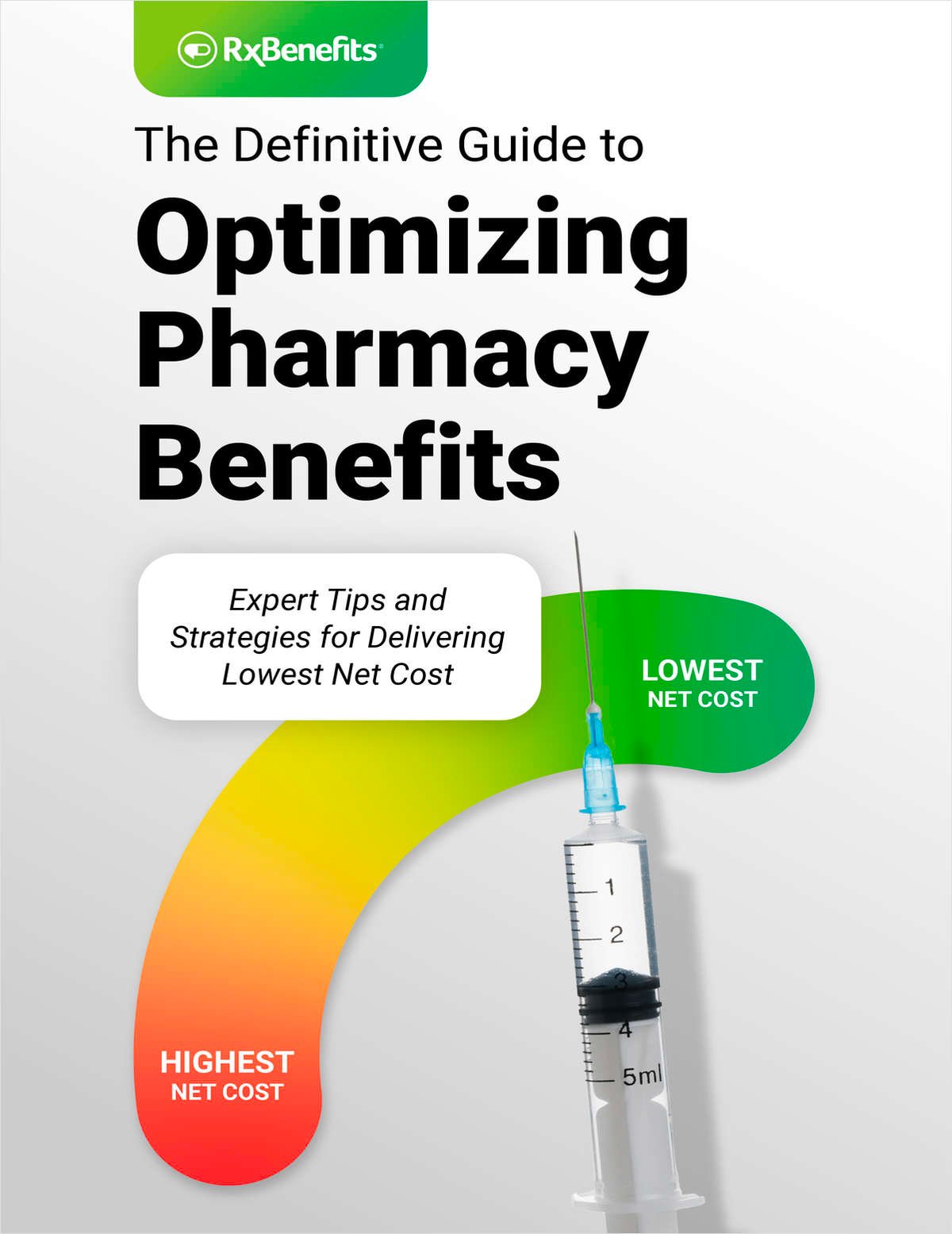 About half of those with HSAs said they had contributed less than $1,000 to their account in the past year.
About half of those with HSAs said they had contributed less than $1,000 to their account in the past year.
A survey of Americans with employer-based health insurance finds that health savings accounts (HSAs) are failing on two of their main selling points: they are not helping consumers to save money, and cost-comparison shopping is still problematic for enrollees of HSAs.
The new Kaiser Family Foundation(KFF)/Los Angeles Times survey, which drew headlines last week for its finding that many people on employer-based plans are experiencing affordability challenges, looked closely at high-deductible health plans (HDHPs) and the HSAs they are often paired with.
The Los Angeles Times article that covered the survey results painted a picture of a system that intended to make health insurance more consumer-directed, but eventually just shifted more costs on to employees.
“The vision of legions of patients becoming engaged shoppers pushing down prices has turned out to be a mirage,” wrote Noam Levy, in his coverage of the poll. “Only 17 percent of workers say they have attempted to shop around to find the best price for a medical service in the previous year.”
|Paying bills, not saving
Overall, the study found 18 percent of respondents reported having an HDHP paired with an HSA. In general, these enrollees said they made relatively modest contributions to their HSA and had not accumulated savings in their accounts. About half of those with HSAs (47 percent) said they had contributed less than $1,000 to their account in the past year. Just 11 percent said they had contributed $5,000 or more.
“The survey finds that individuals with HSA plans are more likely to view them as a way to pay for current medical bills (68 percent) than as a way to save money for the future (32 percent),” The report noted.
|Not expanding cost-consciousness
HDHPs and HSAs were first touted as consumer-directed health plans, which would help enrollees become smart shoppers and put pressure on providers to keep costs down.
The KFF/LA Times report suggests the jury is still out on this concept. “The survey finds mixed evidence about whether this is occurring among people with employer-based coverage,” the report said. “While the lowest rates of reporting cost-conscious behaviors occur among those in plans with no deductible, those in high deductible plans are not significantly more likely than those in lower deductible plans to report engaging in most of the behaviors asked about in the survey.”
But the report saw some cost-consciousness; it found that people in plans with high deductibles were more likely than those with lower deductibles to ask for a generic rather than a name brand drug (55 percent versus 43 percent). That group was also more likely to say they've used an online tool to compare the cost of different providers (30 percent versus 22 percent for those with lower deductibles).
The poll also shows that a lack of price transparency and plan clarity continues to be a barrier to comparison-shopping among consumers. “Two-thirds of people with employer coverage say it is difficult to find out how much medical treatments and procedures provided by different doctors and hospitals would cost them,” the report said. “In addition, four in ten say they have had difficulty understanding what their health plan will cover (40 percent) and a similar share report difficulty understanding how much they will have to pay out of their own pocket when they use care (44 percent).”
Continue Reading for Free
Register and gain access to:
- Breaking benefits news and analysis, on-site and via our newsletters and custom alerts
- Educational webcasts, white papers, and ebooks from industry thought leaders
- Critical converage of the property casualty insurance and financial advisory markets on our other ALM sites, PropertyCasualty360 and ThinkAdvisor
Already have an account? Sign In Now
© 2024 ALM Global, LLC, All Rights Reserved. Request academic re-use from www.copyright.com. All other uses, submit a request to [email protected]. For more information visit Asset & Logo Licensing.








